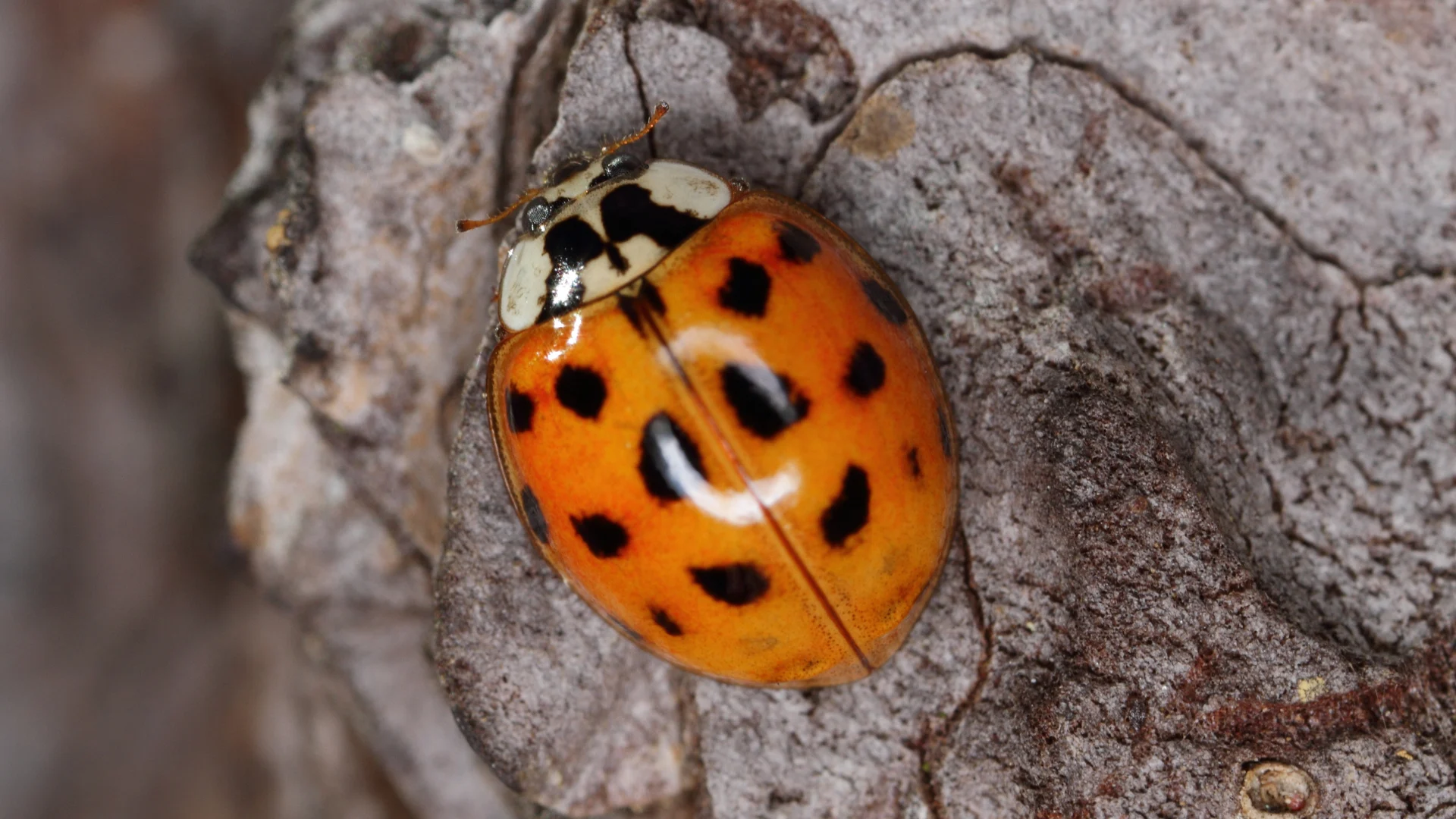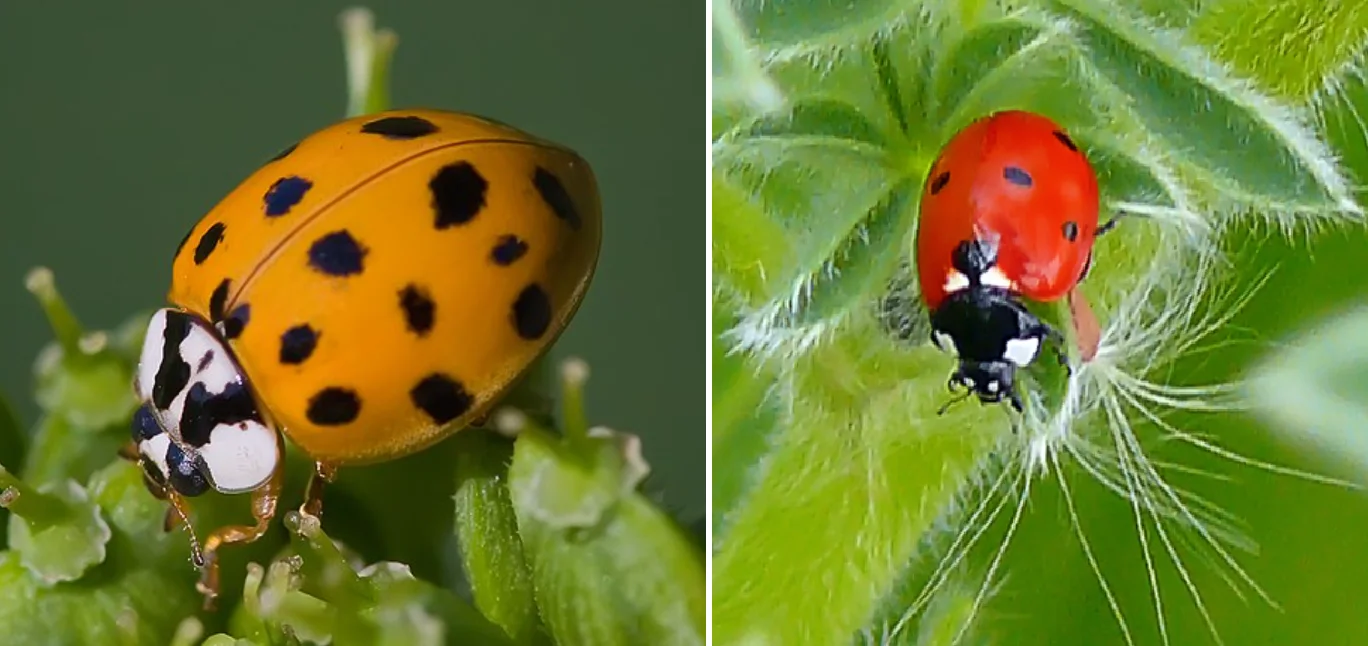
It's the most wonderful time of the year (if you are a ladybug in disguise)
Suddenly, they're everywhere.
It seems to happen overnight: fall arrives, and suddenly, windows, walls, and other outdoor (and indoor) surfaces are covered in orange-spotted bugs that look a lot like ladybugs (or, more aptly, a lady beetle).
What you're seeing is the Asian lady beetle, sometimes called "Halloween beetles" due to their annual invasion of homes in October.
Belonging to the Coccinellidae family, which encompasses various small beetles often referred to as ladybugs, lady beetles, or ladybird beetles, the Asian lady beetle (Harmonia axyridis) has turned up in Canadian and U. S. homes in recent years.
They were introduced to North America in the 1970s along with other aphids and other crop-eating insects. They spend the summer dining on hundreds of soft insects, or aphids, in corn and soybean crops until the harvest.
When temperatures start to drop, and the fields have been harvested, they leave in search of warmer temperatures. That's why you're most likely to find them gathered in large clusters clinging to brick, pavement, or windows — they're trying to absorb the heat.
(Mostly) harmless
Asian lady beetles that enter your home for the winter won't chew holes in your wood or clothing, and they don't spread disease. They also won't reproduce in your home and will vacate when temperatures warm up.
They do, however, have an unsettling parlor trick.
It's called "reflex bleeding," and if threatened, they'll bleed from their joints, releasing a smelly substance that can leave a stain.
If you find a few Asian lady beetles in your home, make sure to wipe down the area once they're gone.
Unlike other insects, which only live for a few weeks, this species can live up to three years. When it finds a spot it likes, it will lay down a pheromone so it can return the following year.
If you want to prevent lady beetles from getting inside, consider installing screens, caulking, and weather stripping.
Focus on the sunny, southwest sides of your home because these areas tend to be more affected.
Asian lady beetles vs. native lady beetles

Invasive Asian lady beetles (left) have an "M" pattern at the back of their head, while native species (red) do not. Lady beetles. (Andreas Trepte/Zachi Evenor/Wikipedia)
Native lady beetles are red with black spots. The multicolored Asian lady beetle can range in color from tan to yellow to orange to red. Another way to tell them apart is by looking at the back of the head, the thorax, which has a black 'M' shape. Their bodies are also slightly longer and more oval, whereas native lady beetles are rounder.
Asian lady beetles are aggressive, and they tend to take over habitats, displacing native species. They also bite, unlike native species. Bites feel like a pinch, but they can break the skin.
One more thing ...
You've probably been calling them "ladybugs" your entire life, but technically, that isn't correct. That's because they aren't bugs; they're beetles.
North America is home to hundreds of lady beetle species that survive winter by riding out the cold weather indoors.
WATCH BELOW: Do they bite? Let's set the record straight on 'ladybugs'
Header image: File photo (Wikipedia/spacebirdy) CC BY-SA 3.0











